Common locations in Symptoms of Psoriasis
Psoriasis can occur anywhere on the body. However, the most common sites in symptoms of psoriasis are:
- Scalp
- Face (Eyebrows, area between nose and lips, upper forehead & hairline, around mouth & jaw line)
- Hands, feet and nails (Nail changes are known to occur in almost 50 percent of people with psoriasis)
- Genitals
- skin folds (such as armpits and breasts)
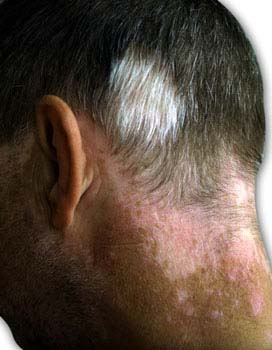
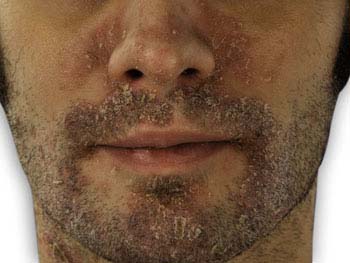
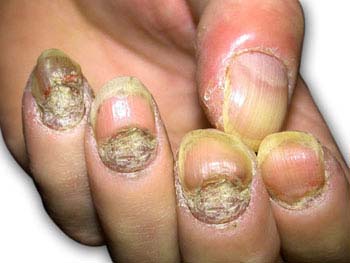
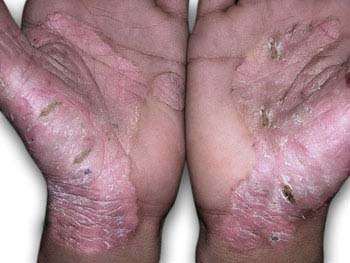
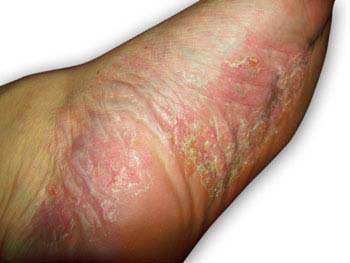
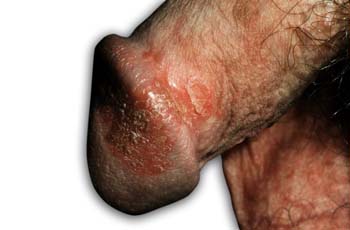
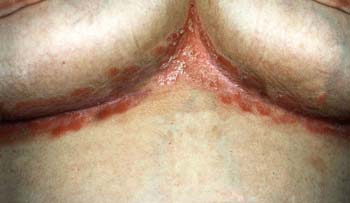
Common Types:
Plaque Psoriasis:
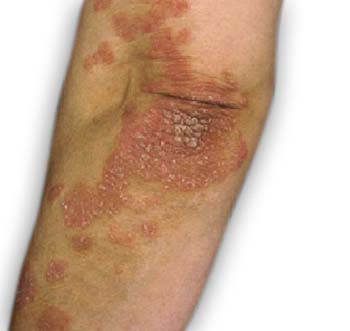
- It is the most common type, affecting 80% to 90% of people with psoriasis.
- Patches like plaques, show up on the scalp, back, elbows, and knees in a symmetrical pattern on the right and left sides of the body. For example, both elbows and both knees would have plaques about the same size.
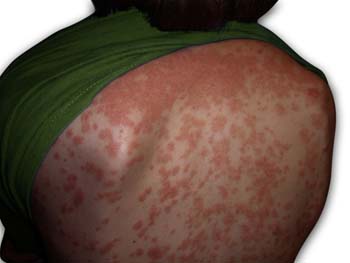
- Symptoms of Psoriasis of guttate type affects up to 10% of people with psoriasis.
- It usually appears on the chest and back as small red spots.
- It tends to develop suddenly, and in many cases, after an infection such as strep throat.
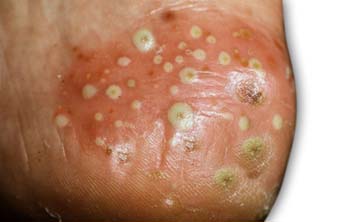
- This less-common type of psoriasis can be severe and, in rare cases, life-threatening.
- There can be associated fever, chills, severe itching, pain, rapid pulse, exhaustion, muscle weakness, and changes in body temperature.
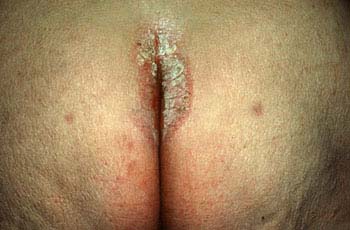
- It affects areas of the body that are usually hidden from view: armpits, genitals, the underside of breasts, and between buttocks.
- This type is likely to be wrongly diagnosed as a fungal or bacterial infection.
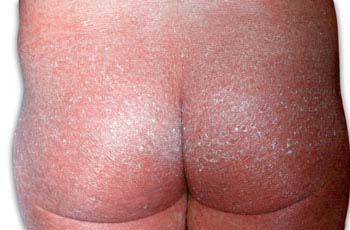
- It appears as red, painful and itchy skin over most of the body. The skin peels off in large sheets, rather than flaking off.
- The person with usually have a faster heart beat and fluctuating body temperature along with other symptoms of Psoriasis.
- This uncommon but potentially dangerous type of psoriasis can be caused by suddenly stopping a psoriasis medication, sunburn, infection, or a drug reaction.
Major Symptoms of Psoriasis
Symptoms of Psoriasis for each type may vary, but the major symptoms are:
- Raised, bright red patches of skin often covered with loose, silvery scales.
- Tiny areas of bleeding when skin scales are picked or scraped off (Auspitz's sign).
- Mild scaling to thick, crusted plaques on the scalp.
- Itching, especially during sudden flare-ups or when the psoriasis patches are in body folds.
- Discolored or pitted nails with accompanying symptoms of Psoriasis.
- Joints swelling, tenderness, and pain (psoriatic arthritis).
- Psoriasis patches occurring after an injury such as a cut, a burn, or too much sun. This is called Koebner's phenomenon. Therefore, it is important for people with symptoms of Psoriasis to avoid irritating or injuring their skin.















